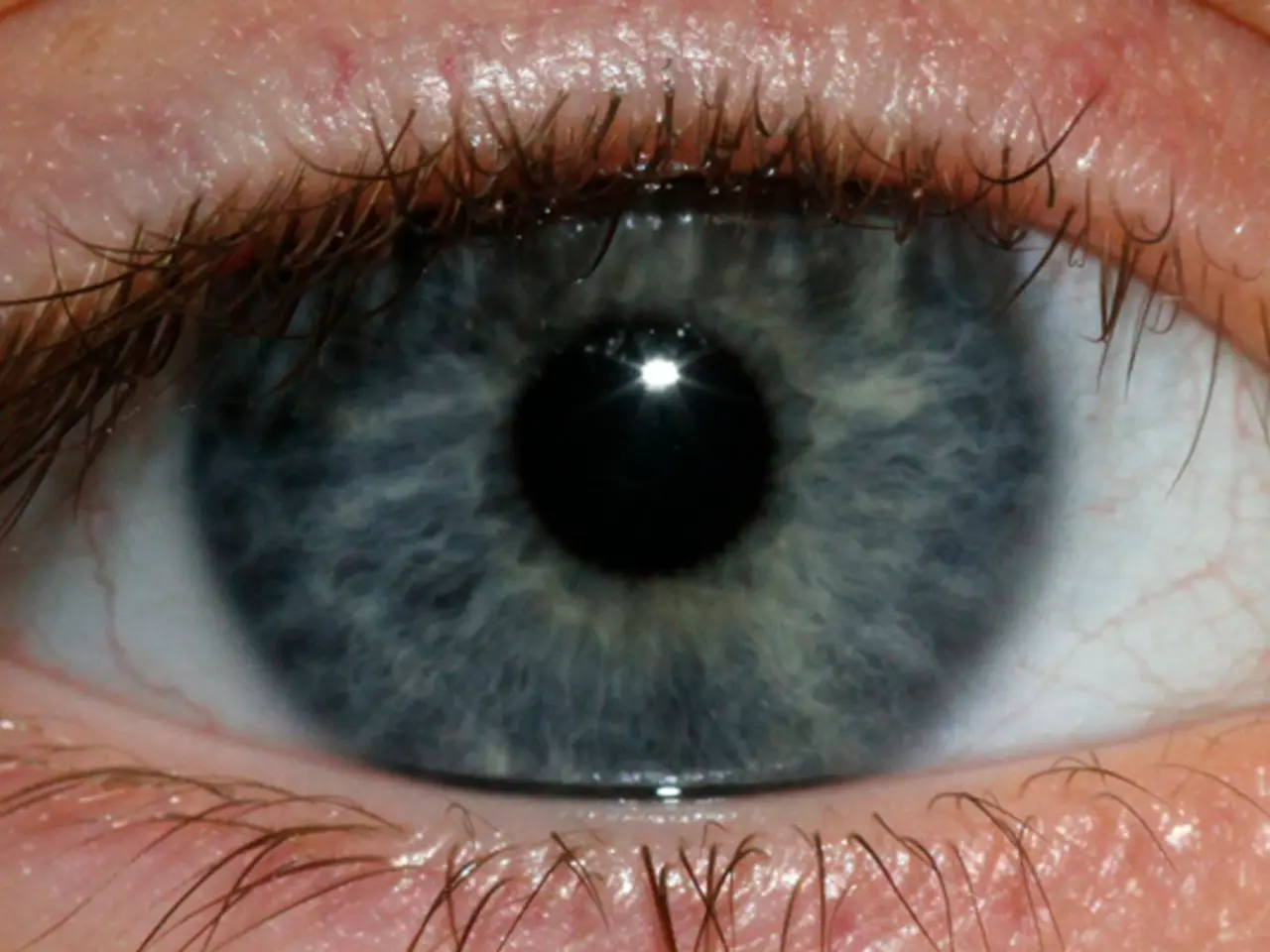Functioning of Human Eyes and Their Astonishing Internal Structure
The human eye and a digital camera, while both capturing visual images, differ notably in resolution, color perception, and focus capabilities.
**Resolution**
The human eye's resolution is exceptionally high, estimated to be around **576 megapixels**, far surpassing most commercial digital cameras that typically have between **12 to 25 megapixels**[1][3]. However, the eye's resolution is not uniform across the visual field; it is highest at the fovea (the central point of vision) and drops towards the periphery, whereas a digital camera sensor has a more uniform pixel resolution across the frame.
**Color Perception**
The human eye utilizes three types of cone cells (S, M, L) sensitive to different wavelengths roughly spanning blue, green, and red light. The brain combines signals from these cones to perceive a wide range of colors[2]. Color perception in the eye is highly optimized biologically, with color sensitivity concentrated densely at the fovea and decreasing towards the periphery, where color perception is poor and often completed through brain processing.
Digital cameras, on the other hand, typically use a color filter array (CFA), such as the Bayer filter, to separate incoming light into red, green, and blue components on a monochrome sensor; color images are then reconstructed using interpolation algorithms[4]. This method leads to some drawbacks like color artifacts, lower efficiency due to light loss in filters, and less accurate color reproduction compared to human vision.
**Focus Capabilities**
The human eye has a dynamic focus system, adjusting the lens shape via the ciliary muscles to focus on objects at varying distances rapidly and smoothly. This accommodation allows the eye to maintain sharp focus on close or distant objects with near-instantaneous adaptation. Digital cameras achieve focus usually through mechanical lens adjustments (autofocus mechanisms) or fixed lenses (in some point-and-shoot models). Autofocus can be slower and less continuous than the eye’s adjustment.
In conclusion, the human eye surpasses most digital cameras in effective resolution and color perception, thanks to specialized biological structures and sophisticated brain processing. Cameras approximate these functions but rely on different technological methods that have intrinsic limitations in color accuracy and dynamic focusing[1][2][3][4][5].
References: [1] http://www.sciencedirect.com/science/article/pii/S0960148111003305 [2] https://www.ncbi.nlm.nih.gov/pmc/articles/PMC3787346/ [3] https://www.nature.com/articles/s41598-018-22468-6 [4] https://www.sciencedirect.com/science/article/pii/S0925753112001166 [5] https://www.sciencedirect.com/science/article/pii/S0925753111003305
- The relationship between science and nature is evident when researching the human eye, as its impressive resolution of approximately 576 megapixels is far beyond what's available in most digital cameras.
- In terms of color perception, the human eye transcends digital cameras, with three types of cone cells, each sensitive to specific wavelengths, allowing for a wide range of color vision that is optimized biologically for health and wellness.
- Despite advancements in science and technology, digital cameras struggle to replicate the natural focus capabilities of the human eye, which can rapidly and smoothly adjust focus on objects at varying distances. This disparity highlights the continued importance of understanding and preserving our eye-health in relation to nature and medical-conditions.




